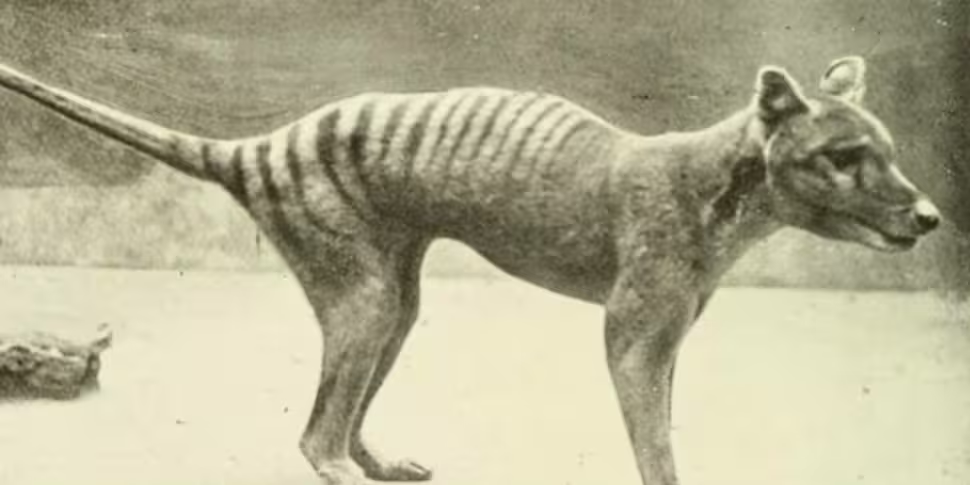The Tasmanian tiger, believed extinct for more than 80 years, may have been sported in northern Australia, with the country’s biologists launching a high-tech search to verify if any of the creatures have survived.
Also known as the thylacine, the tiger was a marsupial, like many of Australia’s indigenous fauna. Shaped like a wolf, with tiger stripes running the length of its abdomen, the thylacine has a kangaroo-like pouch for its young.
By the time European settlers arrived in Australia, the thylacine was already rare, but hunting, disease, and competition from the dogs brought by colonists drove the timid and nocturnal tiger to extinction in the early 20th century.
The last thylacine perished in miserable conditions in Hobart Zoo in Tasmania on September 7th, 1936. In his book The Last Tasmanian Tiger, Robert Paddle explains how the female thylacine died as a direct result of maltreatment:
“In the last ten days of her life, minimum daily ambient temperatures varied from freezing 0°C to 8°C [...] while on the floor of the open cage, thermal conductivity ranged from a terrestrial minimum of -3°C to a solar radiation maximum of 42°C.
“Without access to her den, the thylacine was unshaded from the sun by day, and shelterless from the cold by night.”
There have been more than 3,800 sightings of thylacines from mainland Australia in the decades since, with the public imagination caught with each new one.
In 1983, American billionaire and media mogul Ted Turner offered a $100,000 reward for proof the animal had not been made extinct. In 2005, as part of its 125th anniversary, Australian newspaper The Bulletin offer $1.25m should anyone be able to produce evidence of its existence.
But now reports coming from the Cape York Peninsula in Queensland, Australia’s most northern point, have pushed biologists at James Cook University to take a high-tech approach to proving whether or not the tiger still roams the land.
Based on a pair of detailed descriptions from a long-time park ranger and an experienced outdoorsman, the scientists have set up 50 camera traps throughout the remote and unspoilt wilderness of the peninsula.
Covering a landscape measuring more than 135,000 square kilometres, the 50 cameras will be hoping to spot a tiger in a place more than one-and-a-half times the size of the island of Ireland.

Should photos of a thylacine manage to be taken, it would not be the first extinct species to get the Lazarus treatment.
Several species have turned up out of the blue, decades after they were thought lost, though in most cases these are tiny rodents that are harder to spot in the wild.
But larger species do also reappear from time to time, with Gilbert’s potoroo, a rabbit-sized marsupial, the closest comparison to the Tasmanian tiger. First identified in the history books in the 1840s, the potoroo remained largely unseen until natural scientists declared it lost in the 1970s.
In 1994, a PhD student and a volunteer studying quokkas accidentally captured three different potoroos, the first recorded specimens since 1879.
Australia naturalists say that there are now about 70 Gilbert’s potoroos alive today.









